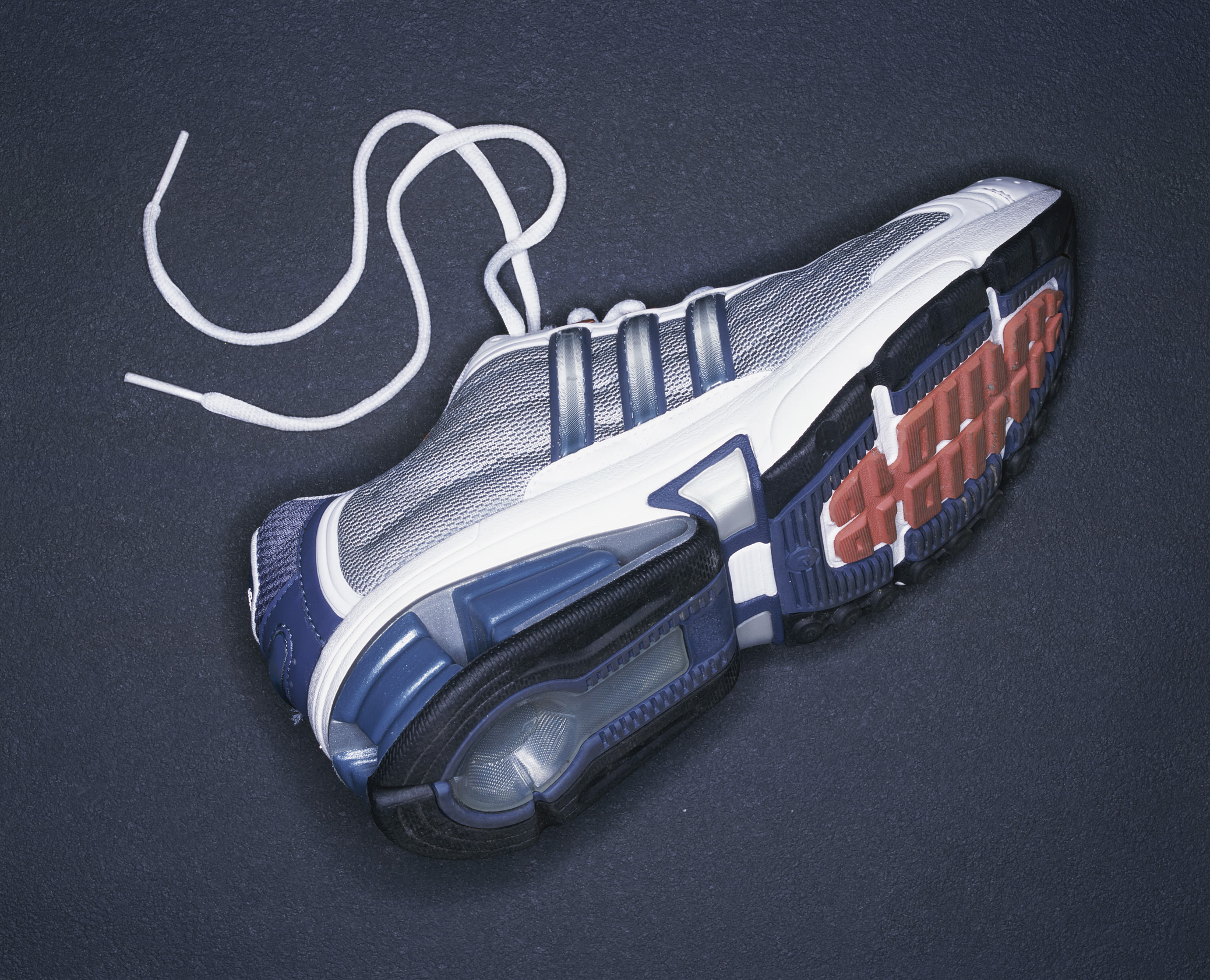(FORT MYERS, FL June 28, 2012) - Talk about confusing news! A few days ago the media reported about studies showing that the combination of calcium and Vitamin D supplements may extend life, in addition to preventing osteoporosis.
But just last month, other reports indicated that calcium supplements could be linked to an increased risk of heart attacks.
Given such contradictory information, what is a befuddled consumer to do?
"This happens so often - one study refutes the other and you don't know which research is more credible," says Sue Meredith, a personal trainer at Fort Myers Adventure Boot Camp. "When it comes to health matters, ask your doctor for guidance."
Whatever advice you get from your physician, don't forget that osteoporosis is a serious and potentially disabling condition that can cause severe fractures. With or without calcium supplements, you need to be concerned about preventing what is commonly known as the "brittle bone disease."
And if you think that only women should worry about their bones, think again. While osteoporosis is more prevalent in females, according to National Osteoporosis Foundation one in four men over 50 will break a bone due to osteoporosis.
"Clearly, both sexes are at risk and should be focusing on prevention, because a fracture in adulthood could not only affect your mobility and general function, but also cause damage to blood vessels or nerves, as well as infection of the bone or surrounding tissue," Meredith notes. "You certainly want to do everything you can to avoid these complications, so preventing osteoporosis in the first place is a must."
Two of the most effective ways to achieve that are physical activity and calcium-rich diet.
What is the best exercise for osteoporosis prevention?
It's the kind that "stresses" your bones, Meredith notes.
"Normally, you think of 'stress' as unhealthy, but we are not referring to the emotional kind that can lead to anxiety and depression," she says. "We are talking about exercises that put weight on your musculoskeletal system, boosting your bone mass and density."
Two types of workouts that will strengthen the bones and the tissue around them are resistance training and weight-bearing exercises.
"When you are working against the weight of another object, whether it's dumbbells or your own body, you are not only boosting the density of your bones, but also improving muscle strength, joint stability, balance and coordination, so that you don't fall down and suffer a fracture in the first place," Meredith says.
Since some of the most common fractures are to the hip, spine, arm, leg, ankle, pelvis, and hand, exercises that work all the major muscle groups can be very beneficial.
"If you are not sure what's best, ask a fitness professional for guidance," Meredith suggests. "This way you will not only get an effective workout, but will also make sure that you exercise safely - a major concern if you already have osteoporosis or have suffered fractures in the past."
Meredith also suggests a calcium-rich diet along with the fitness routine. "Low-fat dairy products are great, but if you are lactose intolerant, dark, leafy vegetables, fish such as sardines and salmon, tofu, soybeans and nuts should be a real boost to your bones."


